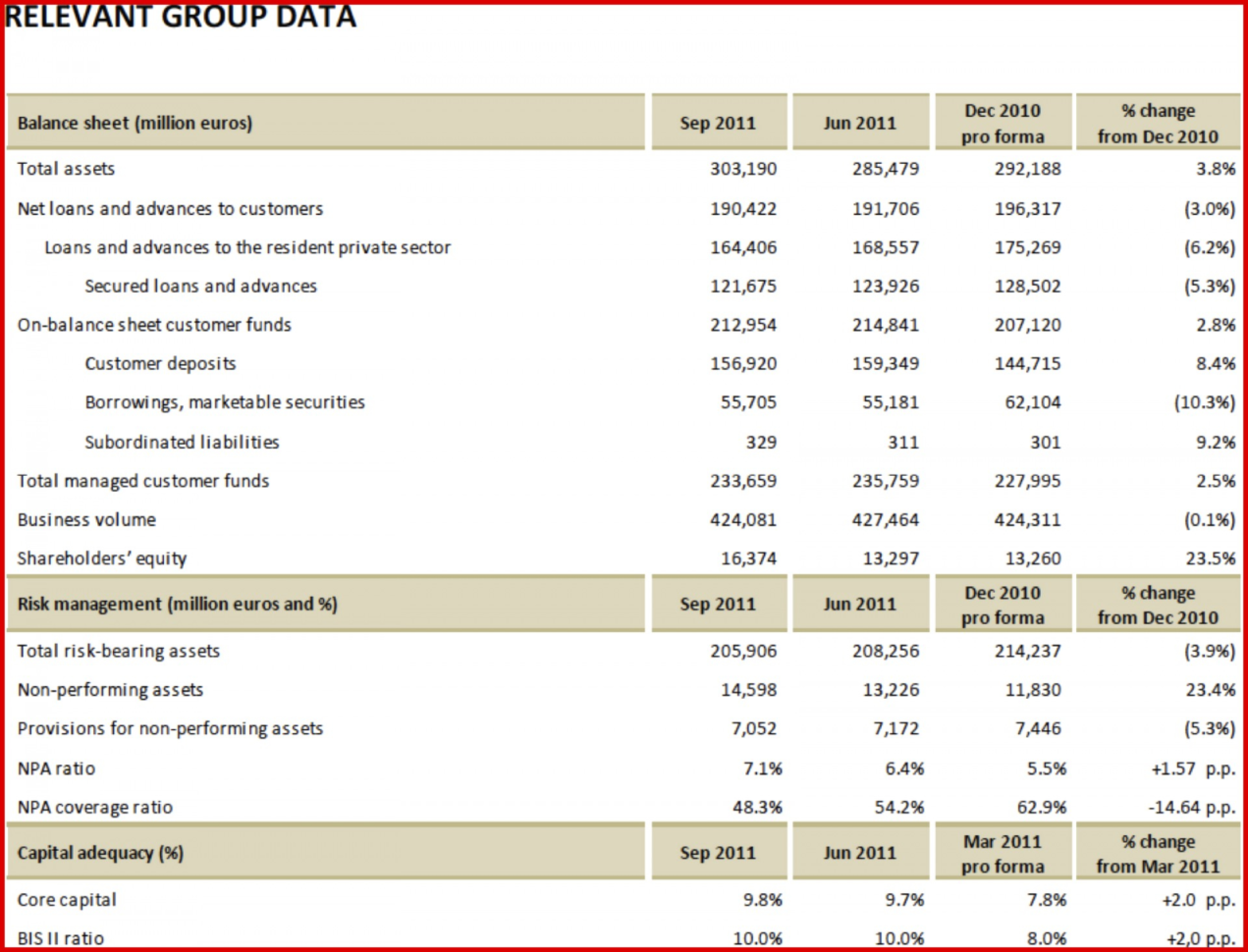Depreciation on Balance Sheet: Excel Guide

Understanding and properly managing depreciation is crucial for businesses as it impacts both financial statements and tax obligations. Depreciation represents the decrease in value of tangible assets over time due to wear and tear, obsolescence, or age. Including depreciation on the balance sheet allows for an accurate reflection of an asset's book value, helps in calculating the net income, and provides insights into the financial health of the company. In this comprehensive guide, we'll explore how to handle depreciation in Excel, making it easier for business owners, accountants, and financial analysts to manage these calculations effectively.
Why Use Excel for Depreciation?

Excel is a versatile tool for financial analysis due to its ability to handle large datasets, perform complex calculations, and automate processes through formulas and functions. Here are some reasons why Excel is ideal for depreciation calculations:
- Ease of Use: With its familiar interface, Excel is accessible to users with varying levels of financial expertise.
- Automation: Functions like SUM, IF, and VLOOKUP can automate repetitive tasks, reducing the chance for human error.
- Customization: Users can customize depreciation schedules to fit different methods, asset types, and business needs.
- Visualization: Excel allows for the creation of charts and graphs, which can visually represent how depreciation affects assets over time.
Setting Up Your Depreciation Schedule

Before diving into the actual calculations, you need to set up your depreciation schedule in Excel. Here’s how:
- Open Excel and create a new workbook.
- Label your columns with the following headers:
- Asset Name
- Purchase Date
- Cost
- Useful Life (Years)
- Salvage Value
- Depreciation Method
- Annual Depreciation
- Accumulated Depreciation
- Book Value
- Input your asset details into these columns.
Depreciation Calculation Methods

Excel can be used to calculate depreciation through various methods:
- Straight-Line Depreciation: The simplest method where the same amount of depreciation is expensed each year.
- Declining Balance: A method where the depreciation expense decreases over the asset’s life. Common variations include Double Declining Balance (DDB).
- Sum of the Years’ Digits (SYD): A more accelerated method where depreciation is larger in the earlier years.
- Units of Production: Depreciation is based on the usage of the asset rather than time.
Straight-Line Depreciation in Excel

To calculate straight-line depreciation:
- Enter the asset details as above.
- In the “Annual Depreciation” column, use the formula:
=IF(B2=“”, “”, (C2-D2)/E2)
- B2 refers to Purchase Date, which we check if it’s empty
- C2 is Cost, D2 is Salvage Value, and E2 is Useful Life in years.
- In the “Accumulated Depreciation” column, sum the depreciation up to the current year.
- The “Book Value” can be calculated by subtracting the accumulated depreciation from the initial cost.
Declining Balance Method

For the double declining balance method, follow these steps:
- Calculate the straight-line rate by dividing 100% by the useful life.
- Double this rate for the accelerated depreciation rate (e.g., if useful life is 5 years, then the rate is 20% annually).
- In the annual depreciation column, use:
=IF(B2=“”, “”, (C2-F2)*0.2)
- C2 is the cost, F2 is the previous year’s accumulated depreciation, and 0.2 is the double rate (adjust according to the useful life).
- The accumulated depreciation column will then sum the annual depreciation values, but cap at the asset’s salvage value.
Sum of the Years’ Digits (SYD)

To use SYD:
- Sum the digits from 1 to the asset’s useful life. For a 5-year useful life, this would be 1 + 2 + 3 + 4 + 5 = 15.
- Calculate annual depreciation as follows:
=IF(B2=“”, “”, (C2-D2)*(E2-A2+1)/SUM(ROW(1:E2)))
- E2 is the useful life, A2 is the current year, and SUM(ROW(1:E2)) is the sum of the years digits.
📝 Note: Always ensure that the accumulated depreciation does not exceed the cost of the asset minus its salvage value. Adjust formulas as necessary.
Advanced Tips for Managing Depreciation in Excel

- Use Cell References: Always reference cells instead of hard-coding values to make formulas adaptable for changes.
- Check Depreciation: Regularly verify that the book value isn’t less than the salvage value.
- Error Checking: Utilize Excel’s error checking tools to catch any issues with formulas.
- Data Validation: Use data validation to ensure users enter the correct type of data in each column.
Utilizing Excel for depreciation tracking provides not only an organized approach but also opens up possibilities for analysis and forecasting. By setting up a dynamic depreciation schedule, you can easily update asset information, change depreciation methods, or extend useful life, and instantly see the impacts on financial statements.
The wrap-up to our journey through Excel's capabilities in managing depreciation highlights several key points:
- Excel's versatility in handling different depreciation methods and customizing schedules.
- The importance of accurate data entry and formula integrity to maintain reliable financial reporting.
- How automation and real-time analysis in Excel can enhance decision-making regarding asset management.
- The need for continuous oversight to ensure that depreciation calculations align with the company’s accounting policies and tax regulations.
By mastering Excel for depreciation, businesses can ensure their balance sheets accurately reflect asset values, aiding in better financial planning and asset management.
What is depreciation?

+
Depreciation is the accounting process of allocating the cost of a tangible asset over its useful life. It represents how much of an asset’s value has been used up.
Why is it important to include depreciation on the balance sheet?

+
Including depreciation on the balance sheet gives a realistic view of an asset’s book value, helps in calculating net income, and aids in better asset management and tax planning.
Can Excel handle multiple depreciation methods?

+
Yes, Excel can be customized to use different methods like Straight-Line, Declining Balance, Sum of the Years’ Digits, and Units of Production through formulas.